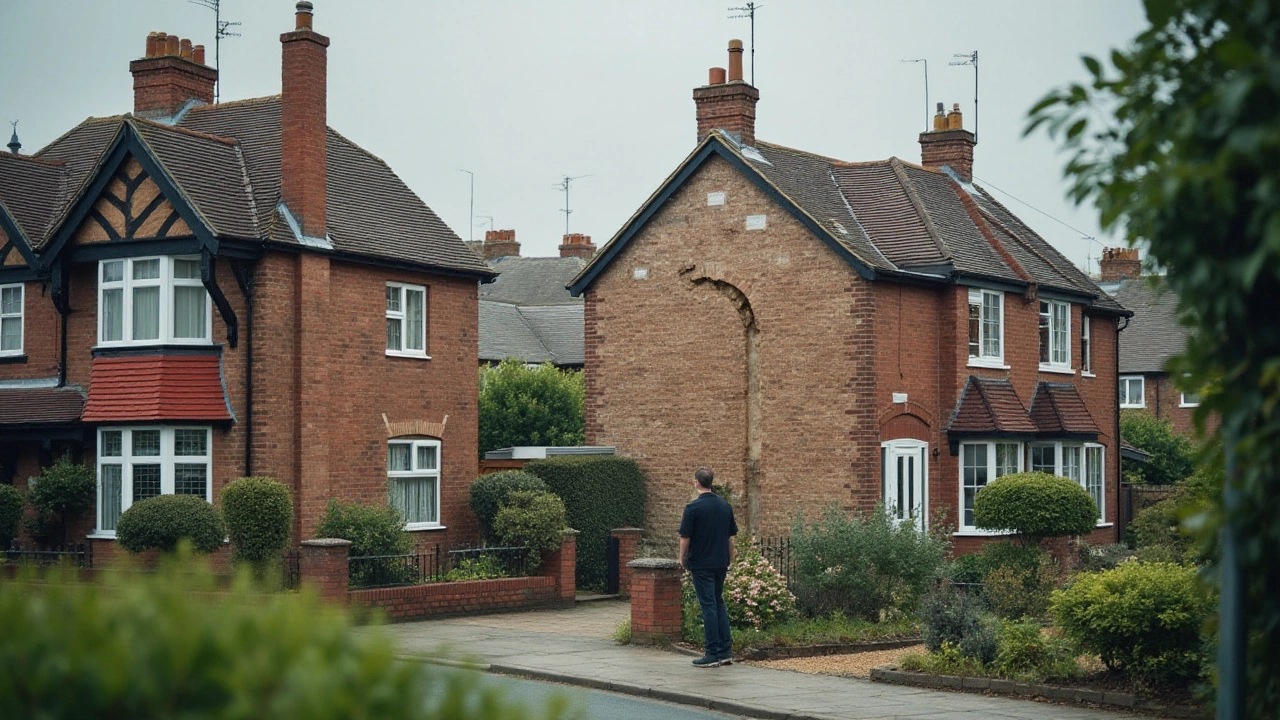Insurance Policies Explained – A Simple Guide for Homeowners
We all hear the word “insurance” but rarely stop to ask what it really does for us. In plain terms, an insurance policy is a contract that promises money if something bad happens to the things you own. It’s like a safety net that catches you when life throws a curveball.
If you own a house, a garage, or even just a few big appliances, you probably need a few different types of coverage. The good news is you don’t have to become an expert to pick the right plan. Just focus on what you own, where the biggest risks are, and how much you can afford to pay each month.
Types of Insurance Policies You Might Need
Homeowners insurance is the big one. It covers the structure of your house, your personal belongings, and even liability if someone gets hurt on your property. Most mortgage lenders will require it, so it’s a must‑have for most people.
Contents insurance protects the items inside your home – furniture, electronics, clothing, and that pricey garage door opener. If you rent, this is often called renters insurance.
Liability insurance is part of a standard homeowners policy, but you can add extra coverage if you run a home‑based business or have a pool. It pays for legal costs if you’re sued over an accident on your property.
Garage door insurance might sound odd, but if you’ve invested in a premium garage door, a separate add‑on can cover repairs from storms or accidental damage. It’s a small add‑on that can save you big bucks later.
How to Choose the Right Policy
First, make a list of everything you own and give each item an approximate value. Even a rough estimate helps the insurer understand how much coverage you need.
Next, think about the biggest risks where you live. Do you get heavy snow, flooding, or strong winds? Some policies add specific riders for these events – you’ll pay a bit more, but you won’t be left high‑and‑dry when a storm hits.
Don’t just chase the cheapest price. A low‑cost policy can leave out important coverage, meaning you’ll pay out‑of‑pocket when a claim comes up. Compare three or four quotes, look at the deductible (that’s the amount you pay before the insurer steps in), and see what’s excluded.
Read the fine print for “nothing covered” clauses. Common exclusions are damage from pests, wear and tear, or neglect. If you notice any of these in your home, you may need a separate maintenance plan rather than insurance.
Finally, check the insurer’s reputation. Fast claim handling and good customer service matter when you actually need to use the policy. A quick online search for reviews can give you a clear picture.
Bottom line: an insurance policy is a tool, not a mystery. By knowing what you own, assessing your risks, and comparing a few solid quotes, you can get the right coverage without overpaying.
Got a garage door that’s been giving you trouble? Talk to your insurer about adding a small rider for door repairs. It’s a cheap way to keep your home safe and your mind at ease.
Now you have the basics. Use this guide the next time you shop for insurance, and you’ll feel confident that you’ve made the right call for your home and everything inside it.

Understanding What Building Insurance Doesn’t Cover for Foundation Repairs
Jan 10, 2025, Posted by Damon Blackwood
Building insurance is a critical safety net for homeowners, but it doesn’t always extend to every possible foundation issue. Oftentimes, foundation damage caused by soil movement, flooding, or gradual wear and tear is excluded from standard policies. Knowing what’s covered and what isn’t can save homeowners from unexpected and costly repairs. This article explores common exclusions, why they exist, and offers tips for addressing potential risks proactively.
MORESEARCH HERE
Categories
TAGS
- foundation repair
- commercial construction
- construction
- new builds
- home improvement
- home renovation
- bathroom renovation
- residential construction
- construction materials
- home foundation
- renovation tips
- building types
- contractor
- foundation cracks
- home construction
- architectural services
- building codes
- construction differences
- home inspection
- kitchen installation